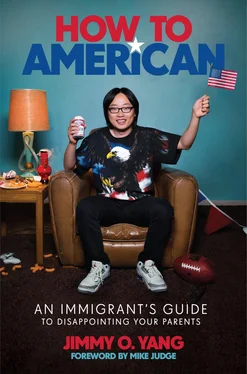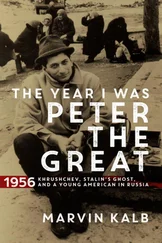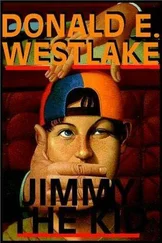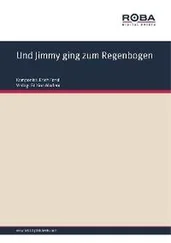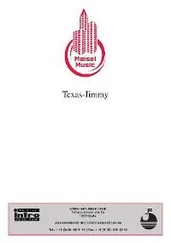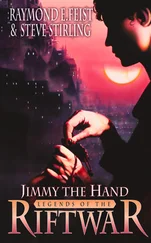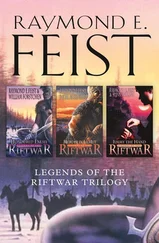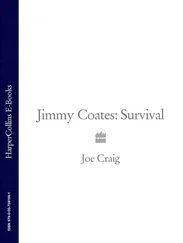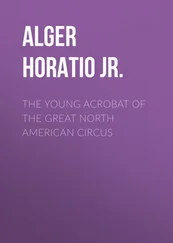I met my first non-Chinese friend in Beverly Hills High during the second semester of freshman year. Jeremy was a Persian kid on the football team, but he didn’t act particularly Persian or particularly like a football jock. We hit it off making fun of the other kids in our sixth-period computer class. Jeremy and his friends had a table on the top floor next to the cafeteria. And I started to sneak away from the Chinese Culture Club to hang out with them. They were the most diverse group of dudes I’d seen since the We Are the World music video. Jeremy and his cousin Phil Yadegari were Persians who were into normal American teenager stuff like Star Wars, Madden and the Justice League; Zaki Hashem was an honor student from Bangladesh; Bo Kim was a quiet Korean immigrant; Chris O’Connor was a tall, lanky half-white, half — Native American dude who wore T-shirts three sizes too big; and Derek Wah was an ABC (American-born Chinese) whose parents were also from Shanghai and he spoke Shanghainese. When a Shanghainese person finds another Shanghainese in America, it’s like finding a best friend who has the same birthday and who also happens to be a long lost cousin. It’s an instant connection. The best part was that Derek and I could make fun of everyone else in Shanghainese. Derek, Jeremy, Phil, Zaki, Bo, Chris and I soon became best friends.
Nobody in this group fit into any particular high school archetype, and nobody cared to. This group of mish-moshed friends became my clique for the rest of my high school career. We weren’t the coolest kids in school but we weren’t nerds either. We didn’t really care what others thought about us. I’d always pictured the American high school experience as a handsome, white high school quarterback scoring a game-winning touchdown at homecoming, then slow-dancing with the head cheerleader at the homecoming dance. But this diverse group of human beings from different backgrounds reflected an even more truthful version of America: a country of immigrants.
We never did anything cool like partying or underage drinking; we just threw around the football after school and played Madden at Phil’s house. I had a hard curfew to go home for dinner every night. If I wasn’t home by seven, my dad would call me and scream bloody murder in angry Shanghainese:
“Are you dead?!”
“No, I’m at Jeremy’s house playing video games.”
“If you’re not dead, then why aren’t you home for dinner?”
“I will come back later.”
Then he’d switch gear to some classic Asian parent guilt-tripping. “Do you think I’m dead?”
“What? No.”
“Then why do you disrespect your father like that?”
“Dad, I’ll—”
“Come home for dinner now!” And he hung up.
I’m pretty sure these phone calls emotionally scarred me for life.
Most American kids would have probably rebelled and said, “Screw you, Dad! You’re not the boss of me!” But I couldn’t. Disrespecting your elders was the ultimate sin in Chinese culture. And most of all, I empathized with my dad. Mom was gone and my brother was in college; I was the only thread in our family that he could hang on to. I couldn’t bear the burden of leaving my dad alone for dinner. As much as I wanted to hang out at Jeremy’s house, I went home for dinner with my dad every night.
BET RAP CITY
Jeremy, Phil and Chris were big fans of rappers like 2Pac, Snoop Dogg and Bone Thugs-n-Harmony. I had never heard of any of those names before, and I felt left out whenever they talked about this hip-hop music. My dad always complained that rap music was too noisy and it sounded like “Buddhist monks reciting a poem.” We grew up listening to Michael Jackson, Madonna and the Eagles. I knew nothing about hip-hop; I didn’t even know 2Pac was dead. But I wanted to fit in with my friends, so I started consuming any hip-hop I could find. That’s when I discovered BET.
BET stands for Black Entertainment Television; it is an American television network for the urban community. I later learned that urban is just another word for black people. BET featured urban TV series, urban music and urban gospel on Sundays. Tuning into BET was like opening Pandora’s box to a whole new American world. I went from watching cartoons on Nickelodeon to studying Rap City on BET. I was mesmerized by the colorful hip-hop culture. Every day, rappers like 5 °Cent would come on Rap City wearing XXXL basketball jerseys, with massive diamond chains on their necks, and count down the best urban music videos. Each music video was a portal into a whole new world that I’d never seen before. When I saw Jay-Z’s Big Pimpin’ music video for the first time, it changed my life. For those of you who don’t remember Big Pimpin’, or are too white to be aware of it, Big Pimpin’ was the greatest music video of all time. It featured hundreds of beautiful women in bikinis partying on a million-dollar yacht, as three rappers named Jay-Z, Bun B and Pimp C poured champagne on them for four minutes straight. And the girls were all loving it! My fifteen-year-old immigrant brain couldn’t believe what I was seeing. This is America? I’m fucking in! Big Pimpin’ was the epitome of the American dream and I needed to be part of it. I wanted to be like these larger-than-life American superheroes they called rappers. I wanted to be a pimp like Jay-Z and a gangster like 5 °Cent. I made it my life’s goal to live the Big Pimpin’ lifestyle. Whenever I watched BET, I forgot I was a small foreign Chinese boy and I felt like a badass gangsta. I started imitating how the rappers walked and how they talked. I would go up to my classmates and say, “Yo what up, dog. Our geometry teacher is a bitch, homie.” I learned how to speak proper American English from watching BET. I consumed at least three hours of music videos a day. These music videos were snippets of different versions of the American dream. They shaped my adolescence and they inspired me way beyond my high school years. Aside from Big Pimpin’, here are some of my favorite music videos that taught me about America.
TOP FIVE HIP-HOP MUSIC VIDEOS
1. Sisqó— Thong Song. “Baby! That thong thong thong thong thong!” This was one of the first songs I heard on American radio. It was catchy as hell, but I had no idea what a thong was. Then when I saw the music video, everything made sense. There was so much booty in that video that I almost slapped the TV. I didn’t even know booty was a point of attraction on the opposite sex. Nobody had booties like that in Hong Kong. I learned what “thick” meant as a compliment, and I got a whole new appreciation for thick girls after watching this video.
2. Lil Jon & the Eastside Boyz— Get Low. “369 Damn She Fine!” This was America’s introduction to crunk music. It was high-energy southern hip-hop with a sense of humor. I sang that every day in school. “Till all skeet skeet skeet skeet!” It took me a year to realize what skeet actually meant. This song was a quintessential soundtrack of my high school years. We even gave one girl in school the nickname “369” because, well… Damn she fine!
3. 5 °Cent and Snoop Dogg— P.I.M.P. I didn’t know what a pimp truly meant until I saw this music video. I looked it up in a dictionary and pimping seemed to be an illegal activity. 5 °Cent and Snoop Dogg gave pimping a new meaning. They were strutting with their pimp canes, riding in a Rolls-Royce and dancing with the most beautiful girls. A P.I.M.P is simply a man who is living the American dream. Pimp became the ultimate compliment. Everybody wanted to be a pimp.
4. Big Tymers— Still Fly . Birdman and Mannie Fresh defined hood rich. This whole song was basically the dictionary description for hood rich. “Gator boots with my pimped out Gucci suits, ain’t got no job, but I stay sharp.” I might never understand that mentality to spend what you don’t have, but it was awesome to see two ballers on a budget.
Читать дальше
